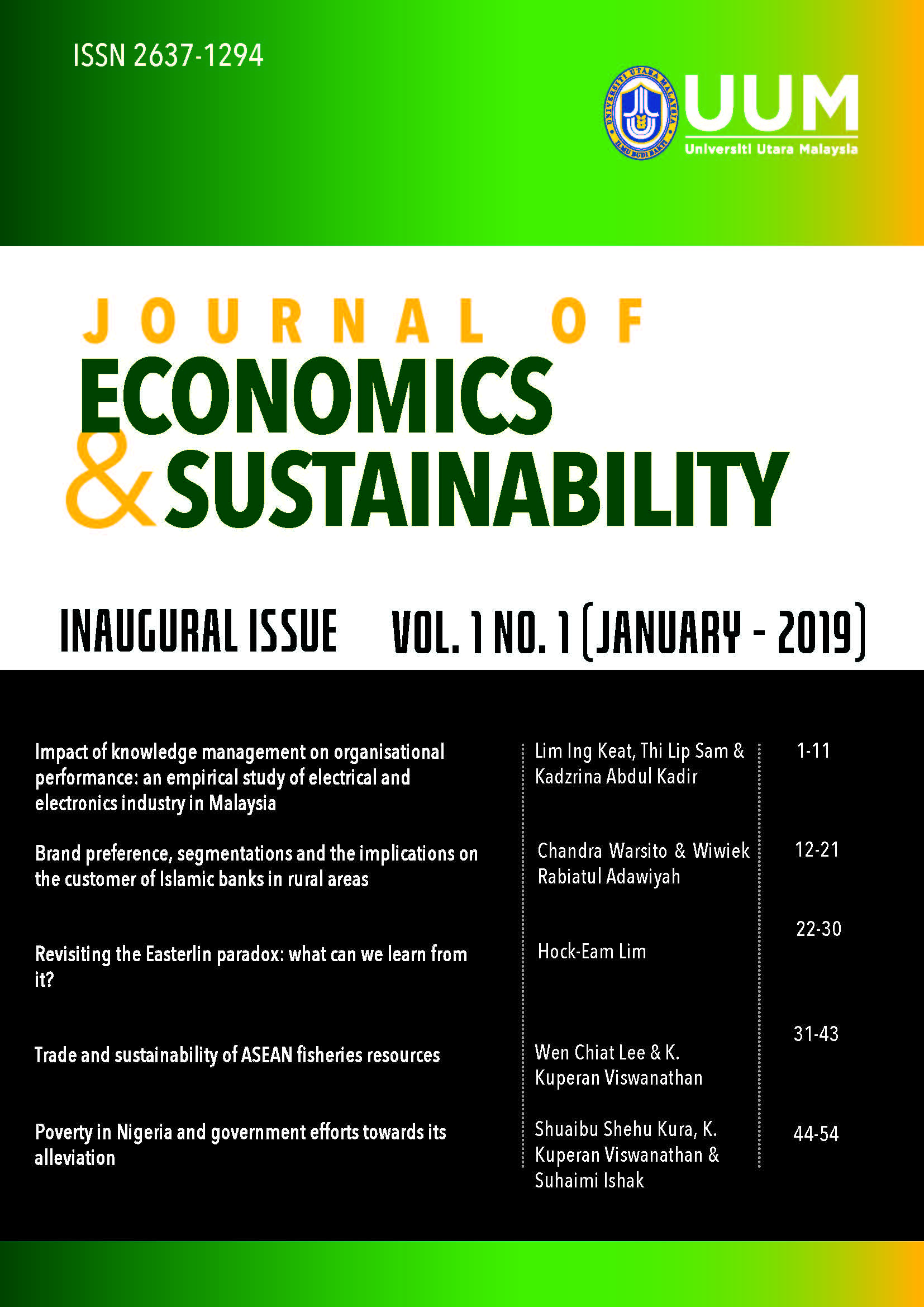REVISITING THE EASTERLIN PARADOX WHAT CAN WE LEARN FROM IT?
Main Article Content
Abstract
This paper examines the Easterlin paradox using empirical and simulated data. The results reveal that the existence of Easterlin paradox could be just due to the rating scale of happiness measurement. The rating scale measurement of self-reported happiness limits the variation of happiness of time series data due to the averaging effect compared to the happiness variation of cross-sectional data. Mathematically, the low variation of happiness can lead to the Easterlin paradox: cross-sectional effects of income on happiness are significant but turn into insignificant for time series happiness. The result of simulated data without the scale of happiness measurement, i.e., the underlying happiness, shows that the effects of income on happiness are significant at cross-sectional and time series data. Nevertheless, once the limited scale of happiness measurement, i.e., the self-reported happiness, is used, the income effect is significant only at cross-sectional data. Thus, the low variation in scale of measurement can be the cause of the Easterlin paradox. What we can learn is: the limited scale of happiness measurement produces the Easterlin paradox, and the happiness measurement needs to be revised to ensure the variation in happiness could be captured adequately.

